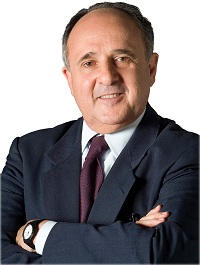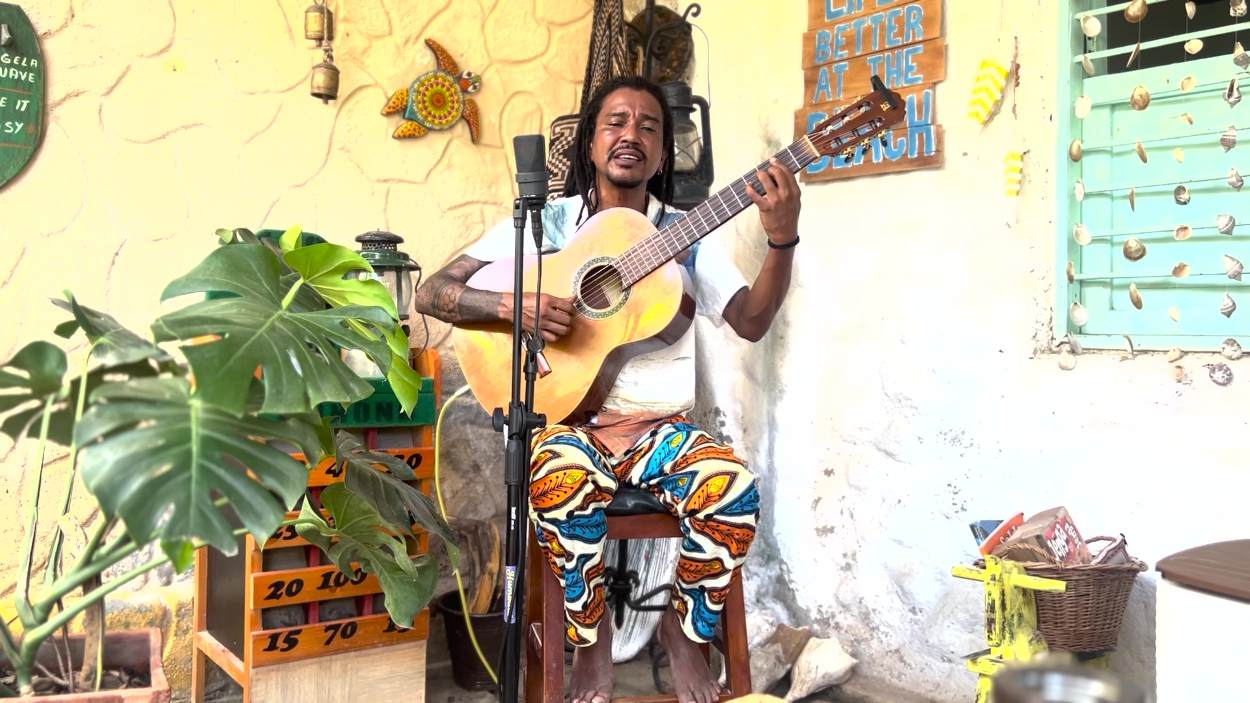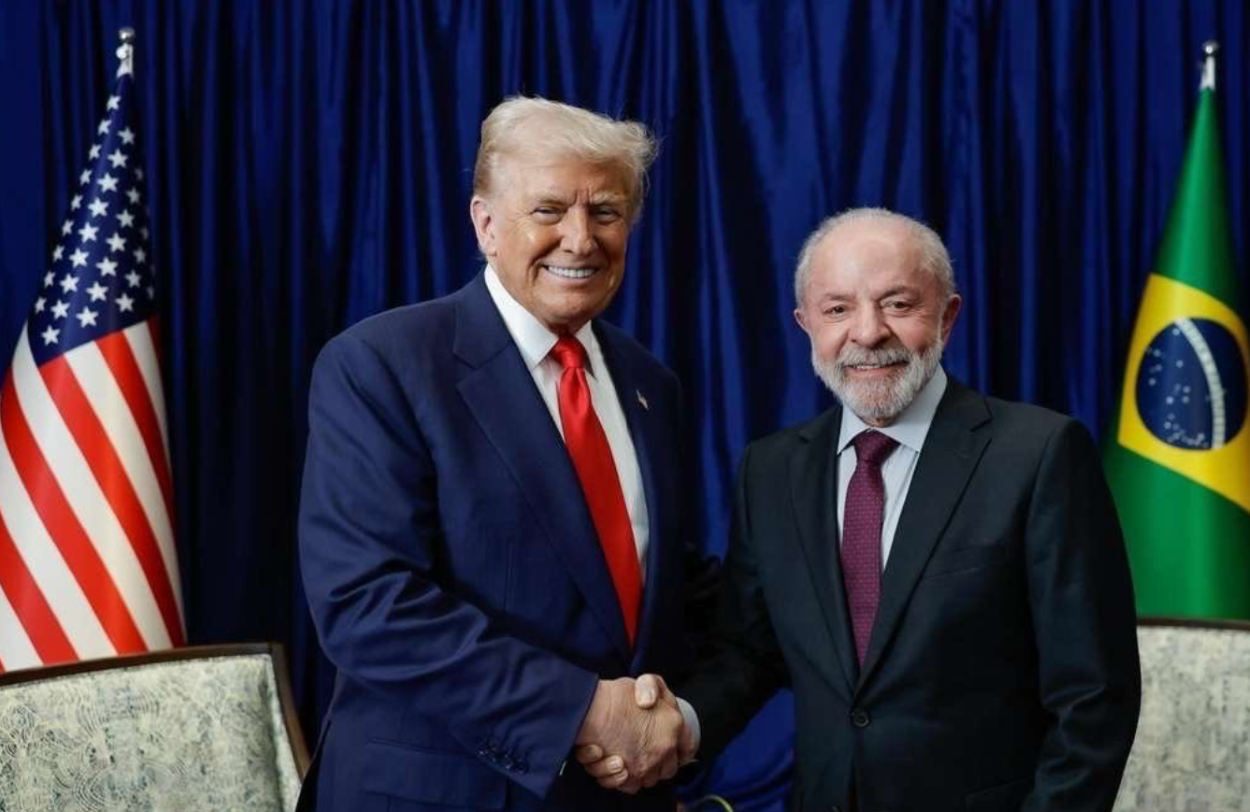Interview: Senator Cristovam Buarque on Education and Innovation in Brazil
Interview: Senator Cristovam Buarque on Education and Innovation in Brazil
AS/COA Online spoke to the Brazilian senator about conditional cash transfer programs that have helped spur school enrollment, as well as integrating technology into education.
“It’s a big challenge to emancipate people from the need for Bolsa Familia. There’s just one way: to have quality schooling for all.”
 Conditional cash transfer programs such as Bolsa Familia represent one of the Brazilian government’s approaches to reducing poverty levels, as well as increasing school enrollment. But Brazil’s education system has its own challenges, ranging from absentee teachers to functional illiteracy. AS/COA Online’s Rachel Glickhouse spoke to Brazilian Senator Cristovam Buarque—known in Congress as the “Education Senator”—on his vision for changing the country’s school system, and how to make innovation a part of Brazil’s approach to education. Currently serving Brazil’s Federal District, Buarque previously worked as minister of education under President Luiz Inácio Lula da Silva’s administration and as governor of the Federal District. One of his most renowned programs is Bolsa Escola, a conditional cash transfer program for childhood education.
Conditional cash transfer programs such as Bolsa Familia represent one of the Brazilian government’s approaches to reducing poverty levels, as well as increasing school enrollment. But Brazil’s education system has its own challenges, ranging from absentee teachers to functional illiteracy. AS/COA Online’s Rachel Glickhouse spoke to Brazilian Senator Cristovam Buarque—known in Congress as the “Education Senator”—on his vision for changing the country’s school system, and how to make innovation a part of Brazil’s approach to education. Currently serving Brazil’s Federal District, Buarque previously worked as minister of education under President Luiz Inácio Lula da Silva’s administration and as governor of the Federal District. One of his most renowned programs is Bolsa Escola, a conditional cash transfer program for childhood education.
- Leia a versão em português.
- Read an explainer about conditional cash transfer programs in Latin America, including Brazil.
- Watch a video of Buarque discussing education reform in Brazil from Voice of America.
- See Buarque’s presentation on education in Brazil from his February event at AS/COA.
AS/COA Online: When you served as governor of the Federal District, you created and implemented Bolsa Escola, a program that provided conditional cash transfers to low-income families who sent their children to school. What did this program achieve?
Cristovam Buarque: Well, without meaning to be pretentious, I created the program and I was the first to implement it—practically at the same time that the mayor of Campinas did at the local level. After that, then-President Fernando Hernique Cardoso expanded it to the whole country, and former President Luiz Inácio Lula da Silva enlarged it further. I believe that the result is that today, children are in school. When this program began, about 20 percent of children in Brazil were not in school. Today around 3 percent are not in school, and 97 percent are enrolled. In addition, the program prompted what one would expect: it spurred growth at the base by generating demand. There was a reduction of poverty in its worst forms, for example—there’s no hunger, practically. Now we’re experiencing a crisis of drought in the Northeast, but there’s not a problem with hunger there. Production disappeared, but people had money and were able to buy food. The challenge now is quality—quality of schools is what needs to change.
AS/COA Online: Bolsa Familia is a conditional cash transfer program started in 2003, combining Bolsa Escola with other cash transfer initiatives. What are some of the challenges of education within the Bolsa Familia program?
Buarque: Bolsa Familia is intended to put children in school. The challenge of schooling is outside of Bolsa Familia, so much so that today Bolsa Familia is run by the Ministry of Social Assistance, and education is run by the Ministry of Education. The big challenge is to ensure that teachers are highly qualified, very dedicated, properly evaluated, and well paid. The second challenge is for quality teachers not to go to waste, and for that they must be in quality schools, with modern buildings and equipment. Schools with blackboards shouldn’t exist anymore. We have to substitute all of that, to use as much technology as possible, and finally, full-time schooling. Today, that doesn’t really exist. We have good schools and good teachers, so why can’t we have the rest? My proposal is to create a national teaching profession and for the federal government to start running schools countrywide over the course of 20 years.
AS/COA Online: Bolsa Familia and Bolsa Escola helped reduce inequality in Brazil. Why is education important for the Brazilian economy?
Buarque: First of all, these programs reduced inequality very little—the reduction in inequality is just at the poorest levels, for those who gained access to things like food, clothing, and shoes. Second, it’s unsustainable because it depends on public financing. It’s not logical to have a program in which families need a salary transfer and the children of these families continue to need this funding when they grow up. It can’t be this way. It’s a big challenge to emancipate people from the need for Bolsa Familia. How can this be done? There’s just one way: to have quality schooling for all. That way we’ll have a structural distribution of income—when the population has an independent salary source—and not just a financial distribution of income.
AS/COA Online: During your discussion at AS/COA, you said that Brazil isn’t necessarily investing too little in education, but that it’s not investing correctly. What do you think is the correct way to invest in education?
Buarque: First, not enough is invested, but that’s not the biggest problem. Today Brazil invests around 5 percent of GDP in education, but we should get up to 7 percent. The government is working on approving up to 10 percent. I fear that if we approve 10 percent, we’ll be throwing money away. So how do we invest? The way is to not waste a lot of money on the current system, which cannot absorb funds. Sometimes I say: it’s like it’s raining money in the school yard, but in the rain, the money turns to mud. You have to ensure that money gets to teachers: starting from the selection of teachers, to the evaluation of teachers, to equipment for teachers. I don’t think this will be possible by throwing money at city governments; it has to be a federal issue.
AS/COA Online: Another thing you mentioned was the connection between education and innovation. Which countries are models for education reform when it comes to innovation?
Buarque: Traditionally, there are countries like the United States. Although education in the United States isn’t as good as it used to be, it’s a country with great capacity for innovation. It’s perhaps the biggest of all, taking into account its size. But places worth looking at are the new ones which 50 years ago were undeveloped, such as South Korea, Taipei, and Finland. We always think of Finland as being wealthy, but in the 1950s it received food from the United Nations because along with poverty it had lost a war and a third of its territory to the Soviet Union. Plus, there’s another group including Ireland, China in some cities, and Singapore. They are places that have had a leap in education as well as science and technology. They also saw a leap in innovation through a relationship with the private sector.
AS/COA Online: How do you think innovation can be integrated into the educational system?
Buarque: It’s a matter of how to integrate innovative schooling with the private sector. In Brazil, universities are terrified of business leaders, and business leaders scorn universities; they don’t get along. The government has to start giving an incentive to force the private sector to invest in innovation. For example, the government recently created a tax exemption scheme for cars. It would have been much better to say, “We’re going to give you this money for you to make an electric car or for you to work on alternate systems of public transportation.” The government just reduced electricity costs; we pay 20 percent less, which is great for us. Wouldn’t it have been better to have taken that money—$4 billion—and put it into developing alternative energy technologies? Of course it would have been better, but we didn’t do that. We should go to the companies that have to lower electricity rates and say, “We’re going to give you funding to get out of the hydroelectric sector and start using wind or solar power.” Brazil has everything it needs to become a solar power producer. Soon we’re going to be buying German technology, a country that doesn’t have that much sun. So the government should exert its influence so that the private sector receives incentives to innovate and not just to produce.
Today the private sector is tied to production, and it has to be tied to innovation. Universities should be more influenced by the private sector so that technology works for the market. To not do so would cause isolation.








